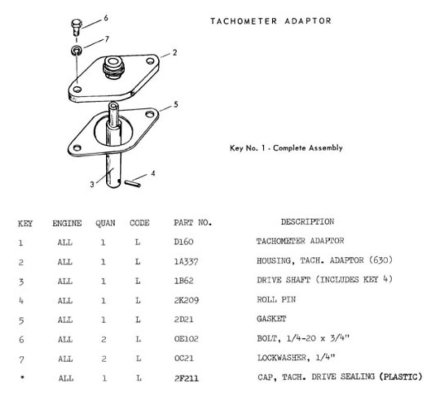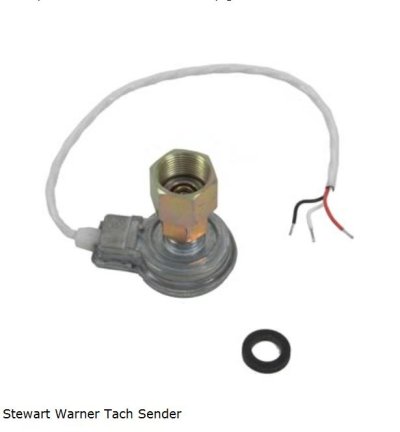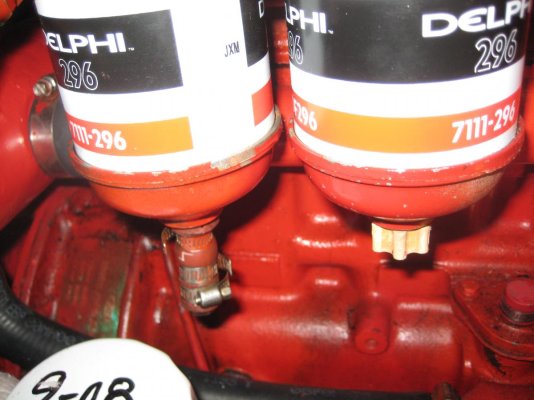psneeld
Guru
Anyone have one of these and has it ever started leaking oil?
I have one and it's not being used for the alternator takeoff. It has started to leak on this trip and no amount of tightening it seems to last more than 10 hrs of running.
I'm going to call American Diesel later for possible solutions...but I can't find a decent pic of the whole assembly and wonder what I am getting into.
Any seals/"o" rings that are easily replaced or should I just remove and seal with a plate and gasket?
I have one and it's not being used for the alternator takeoff. It has started to leak on this trip and no amount of tightening it seems to last more than 10 hrs of running.
I'm going to call American Diesel later for possible solutions...but I can't find a decent pic of the whole assembly and wonder what I am getting into.
Any seals/"o" rings that are easily replaced or should I just remove and seal with a plate and gasket?




